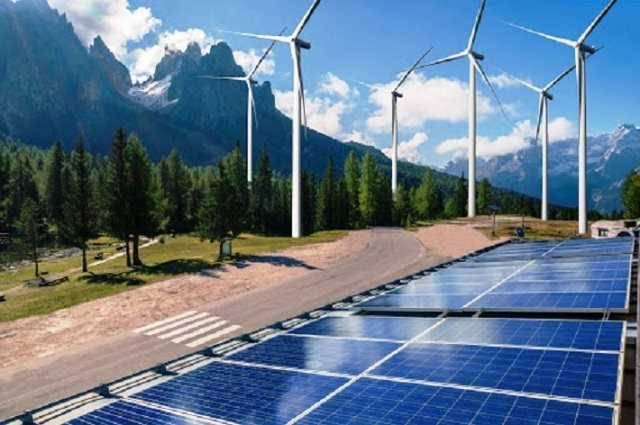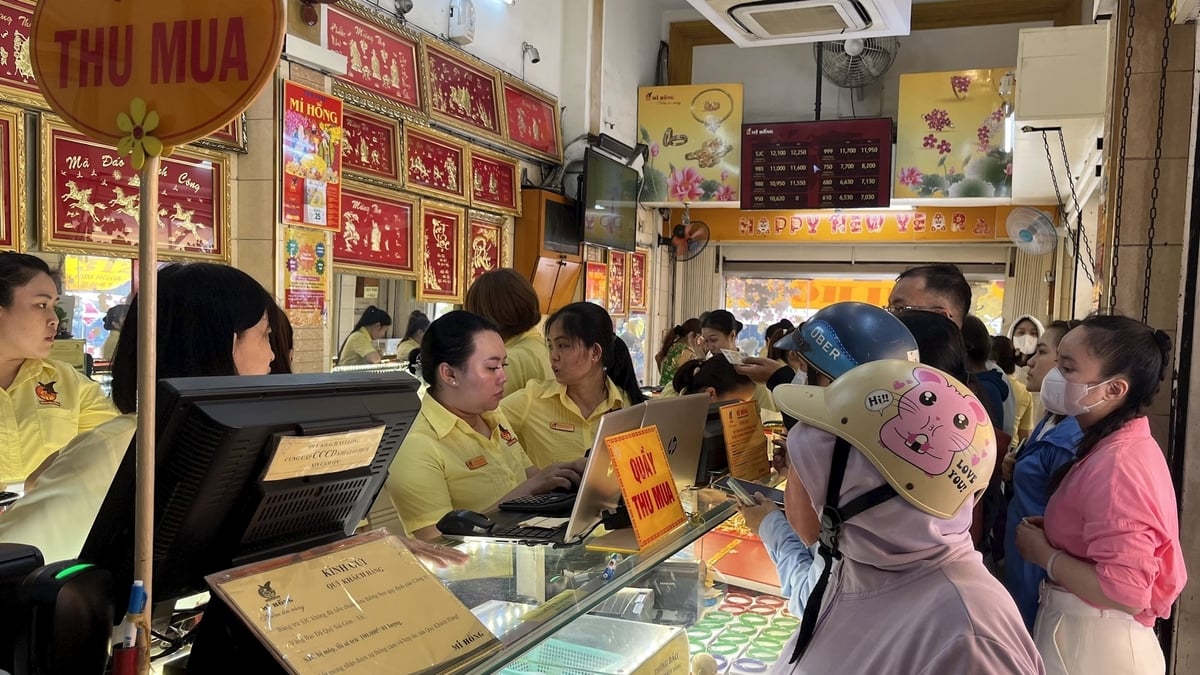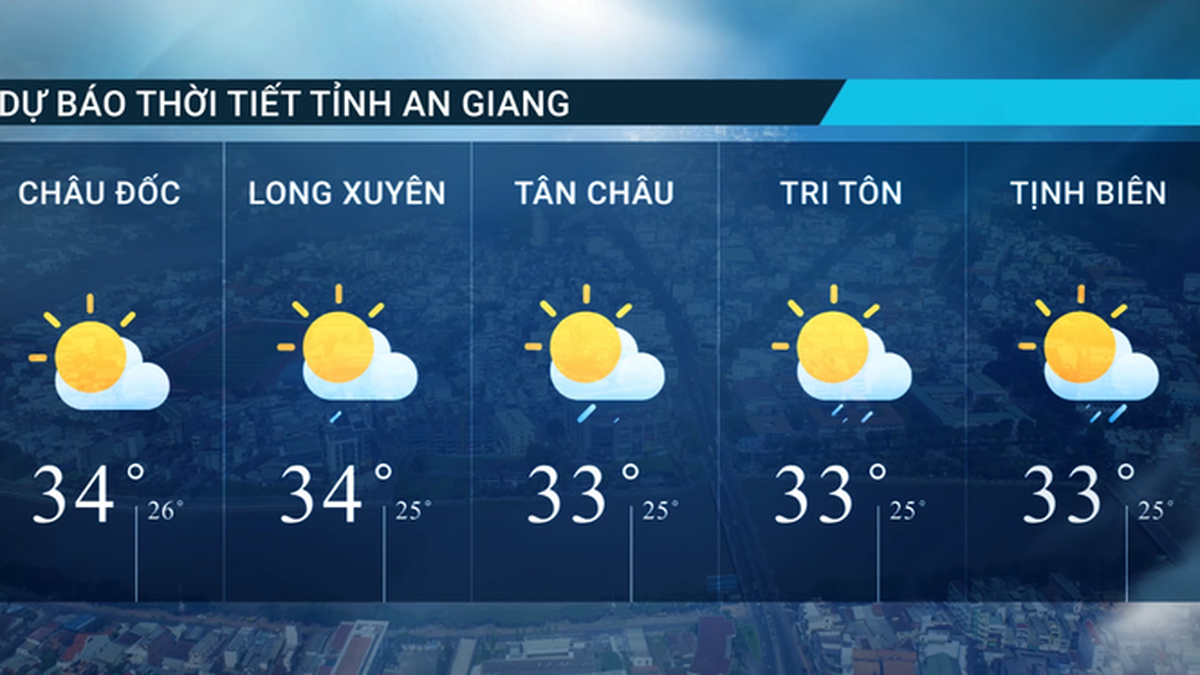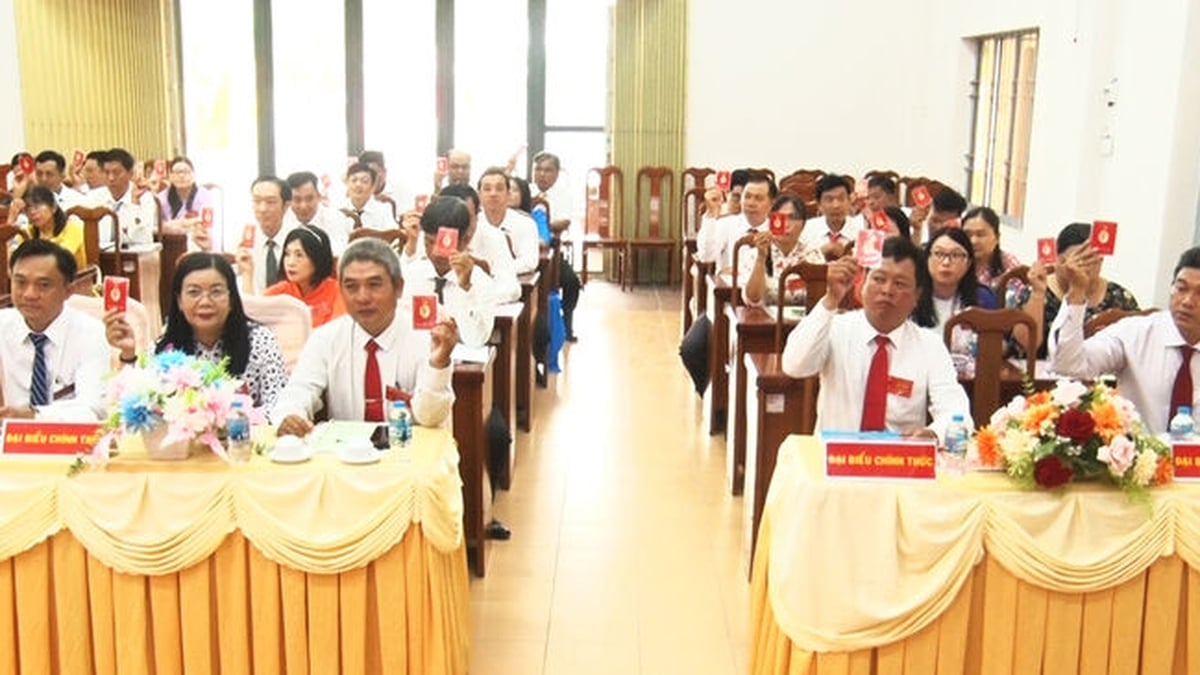The report analyzes barriers to financing large-scale wind and solar projects in Asia, drawing on data from more than 170 consultations with developers, lenders, investors, industry associations and development finance institutions (DFIs) to gain insights across nine Asian geographies, namely Indonesia, Malaysia, Thailand, the Philippines, Vietnam, Japan, South Korea, Bangladesh and Pakistan.
Based on the study, experts stressed the need to address policy and regulatory barriers in several Asian markets to unlock huge financial flows for large-scale solar and wind power projects.

Total renewable energy investment in Asia Pacific , excluding China, will account for just 14% of global renewable energy investment by 2022, according to BloombergNEF data. In most countries, finance is not a major barrier, with the exception of some emerging markets such as Bangladesh and Pakistan, where general currency liquidity and macroeconomic uncertainty hamper investment.
The report finds that investors looking to invest in renewable energy finance face policy and project approval process hurdles. Non-financial hurdles related to permitting, development processes, land acquisition, lack of local supply chains, and local project requirements have a knock-on effect on project risk, schedule, cost, and overall bankability. This impacts the cost and terms of financing, and depending on the severity of the risk, can even limit access to available finance.
Asia has huge wind and solar potential, according to the IEA’s Net Zero Emissions Roadmap report. Southeast Asian countries have the potential to triple their wind and solar capacity by 2030, while abundant wind resources in Japan, South Korea, Vietnam and the Philippines have attracted significant interest in the potential for offshore wind. Using renewable resources in Asia can bring many benefits including energy security, economic growth and emissions reduction.
Many investors are now paying particular attention to areas with high potential for renewable energy in the region. The upcoming United Nations Climate Change Conference (COP28) will discuss a potential target of tripling renewable energy installations by 2030. This is an opportunity for Asian economies to consider ways to create a conducive policy and regulatory environment to unlock billions of dollars in climate finance, green investment and accelerate progress towards renewable energy targets.
Source

































































































Comment (0)